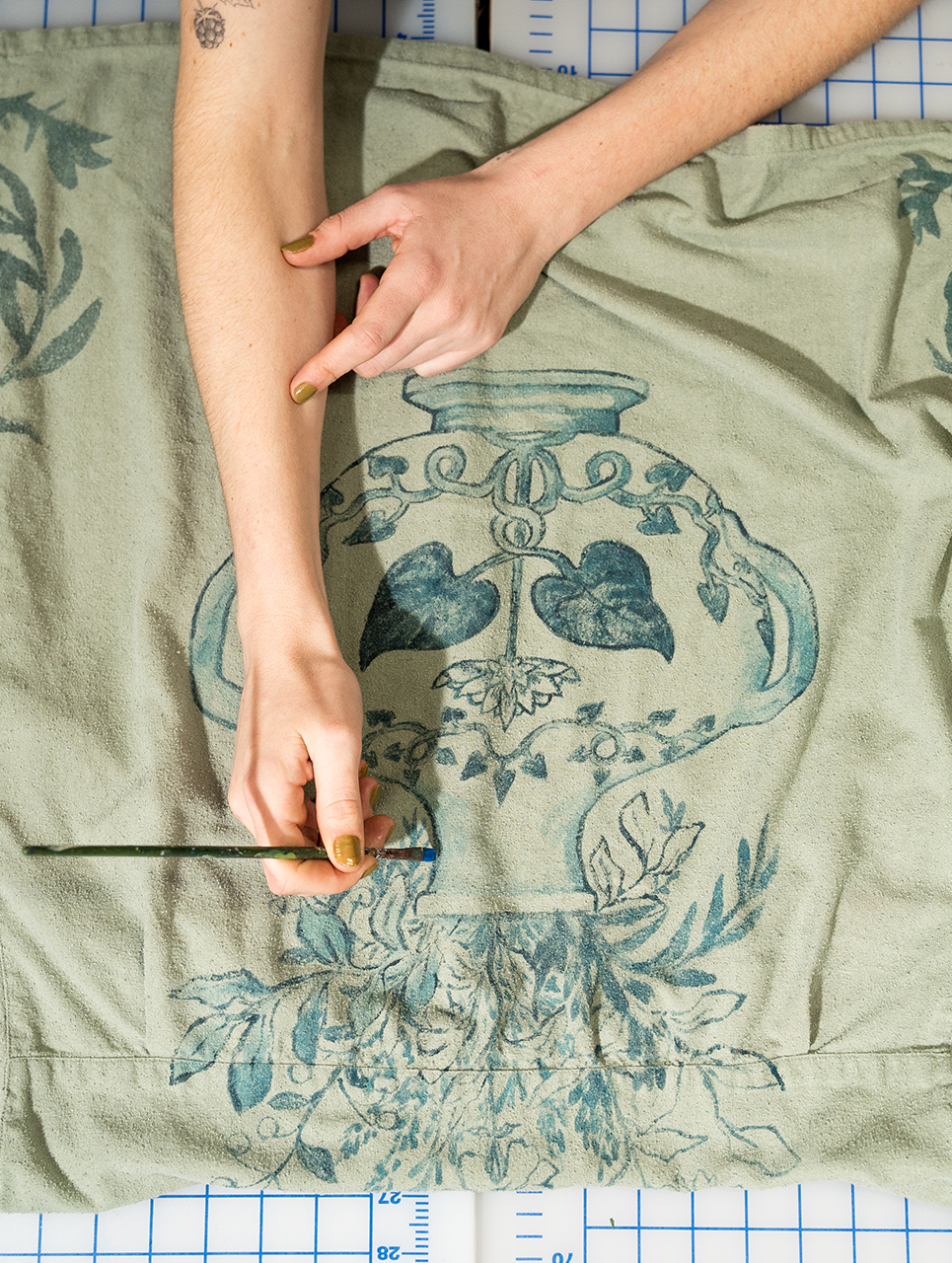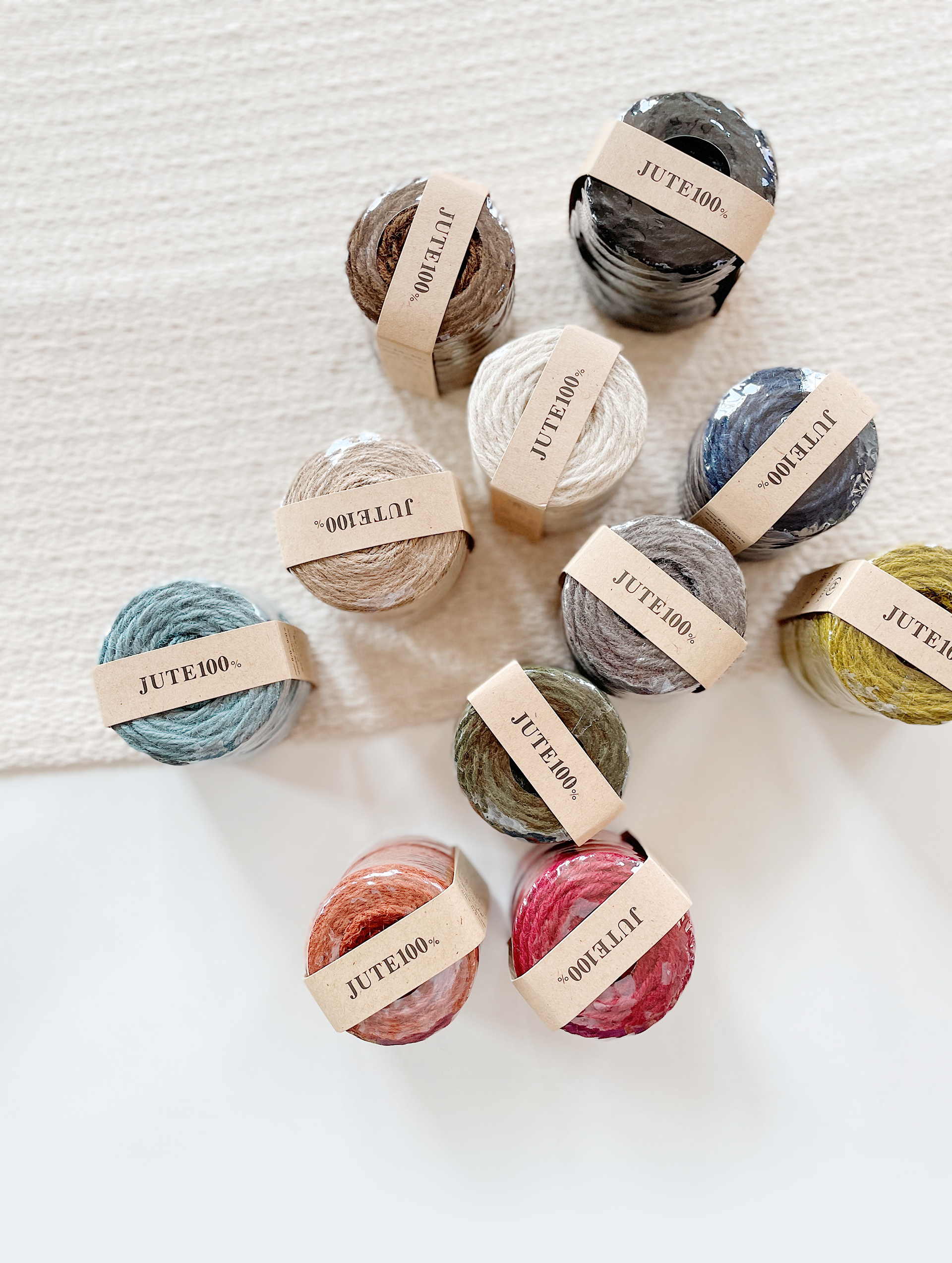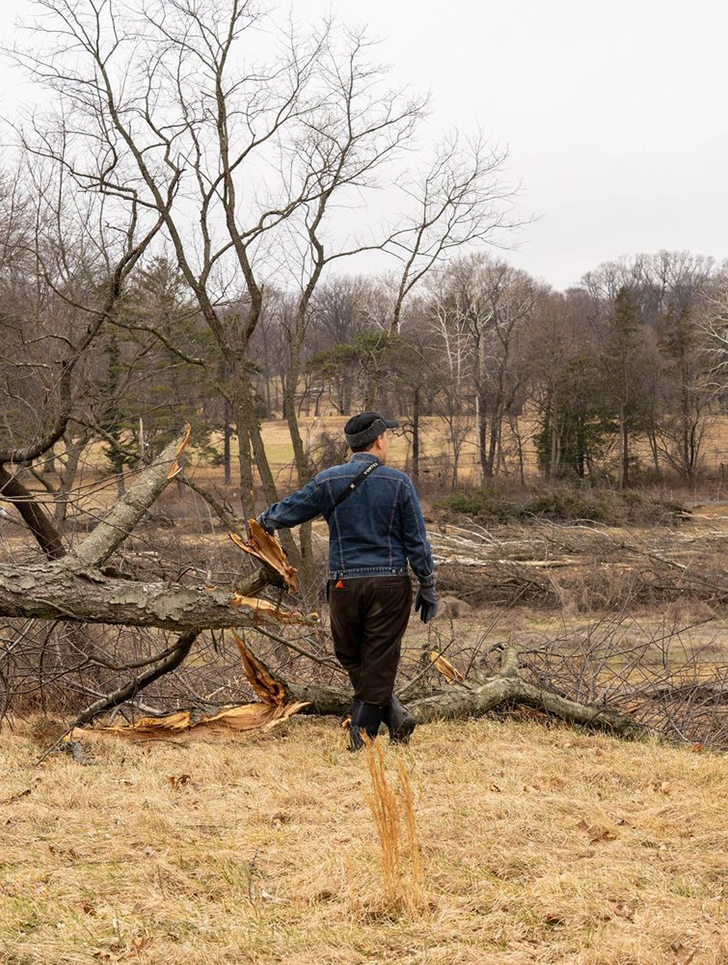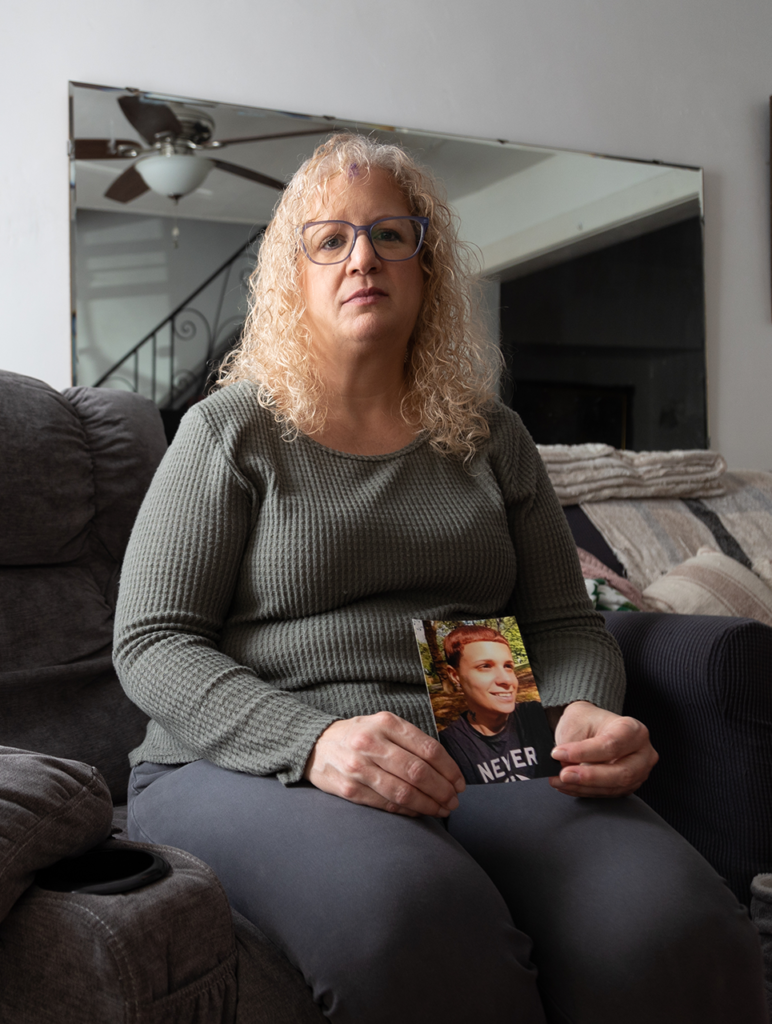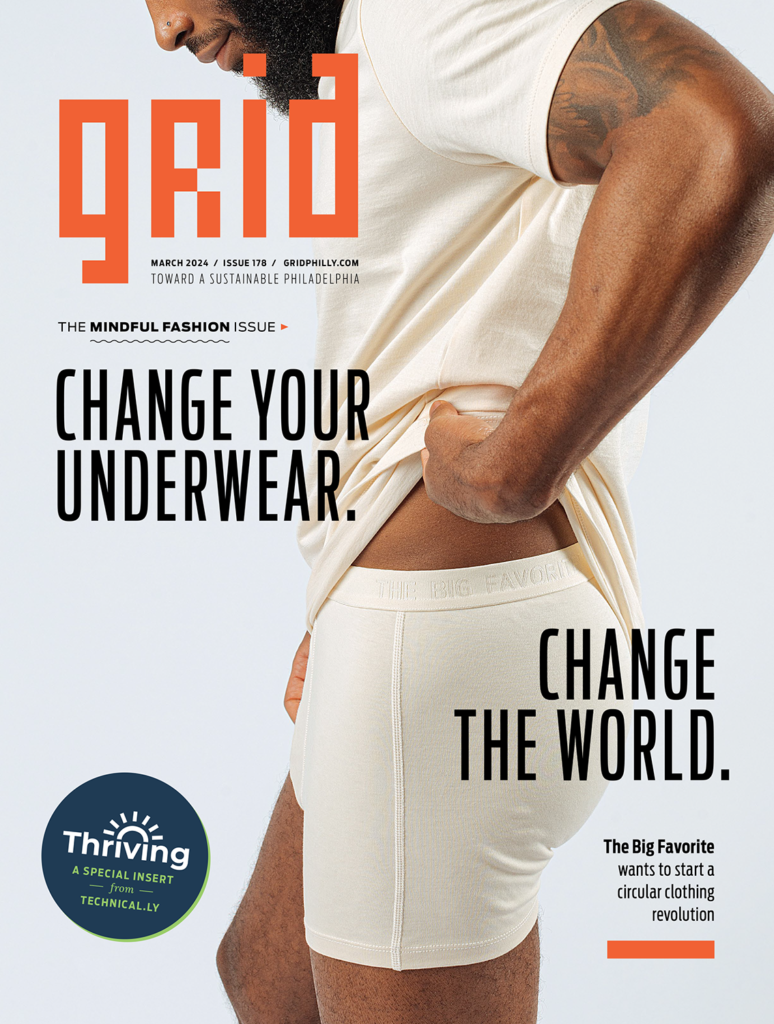When Moth Snow was in college, they would spend afternoons scouring thrift stores for discarded sartorial gems. Perusing the racks, they’d perform a kind of tactile divination, feeling the hem of a sweater or collar of a blouse, then guessing its fiber content. Was it cotton? Wool? A polyester blend? Their fingertips would seek answers, which they’d confirm by peeking at the sewn-in tag.
They learned this strategy from a professor in a class at the Rhode Island School of Design (RISD), where they graduated with a Bachelor of Fine Arts in 2017. The class was focused on the impacts of the textile industry, and it provided some eye-opening revelations.
“My teacher was emphatic about the human and environmental costs of the industry, globally and especially in the U.S.,” Snow remembers. “We also discussed the sheer waste that churning so many garments creates; 2,000 garments go into the waste stream every second, that’s like 11 million tons a year in the U.S. alone!”
Appalled by these statistics, Snow started a small brand called Touch Threads, a textile upcycling brand where secondhand material becomes the canvas for one-of-a-kind wearable artworks.
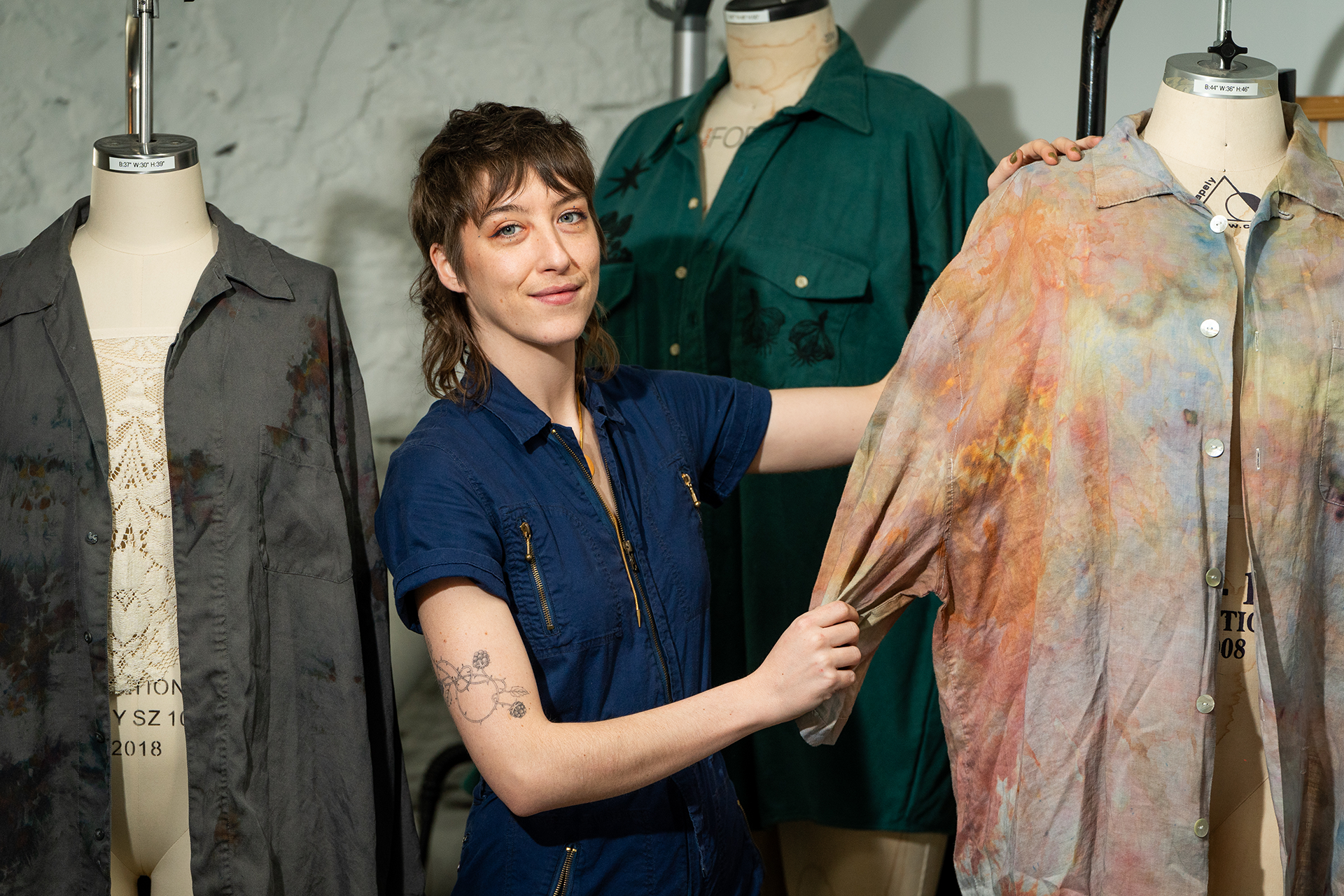
Touch Threads began with Snow rescuing natural fabrics, like linen, silk, wool and cotton, from thrift shops. Using fabric-dyeing skills learned over a series of summer internships with Chester County-based artist Leni Hoch (“my textile fairy godmother”), Snow started overdyeing stained or ripped — but otherwise durable and high-quality — clothes and accessories.
“I usually focus on flawed garments, things I can only make better,” they say. “I can save the good stuff that no one else wants.”
Snow moved to Philly in 2017 and gigged around while cultivating Touch Threads on the side, frequently vending at craft fairs and art markets. The pandemic created the push they needed to focus on the brand full-time.
“In the 2020 of it all, I realized I was the only person who could employ me, so I thought, ‘Let’s do this and see how it goes,” Snow says.
Working from their studio in Germantown, Snow continues to evolve the Touch Threads aesthetic and style. Most of their garments feature an ethereal watercolor look, the result of the ice-dyeing and other dyeing practices they use. Over the past few years, they’ve begun to incorporate hand-drawn, painted and block-printed designs and embellishments as well. They tend toward motifs that celebrate nature, including mountains, trees, animals and plants, as well as mythical iconography.
“There’s always been a clear through line in my work about how beautiful and special nature is,” Snow notes. “I tell stories with each piece — if I add an image of a deer, I’ll also include flora and fauna from the same geographical area as a nod to the different watersheds and natural divides.”
Snow also reconstructs clothing from large pieces of second-hand fabrics, like sheets, blankets and sleeping bags. A tapestry may be reimagined as a boatneck tee, or a quilt may be dyed to obscure discoloration, then sewn into a cropped hoodie with a detachable hood.
I can save a whole blanket from the landfill and use it to create multiple garments.”
— Moth Snow, owner of Touch Threads
“I can save a whole blanket from the landfill and use it to create multiple garments,” Snow says. “And if things have stains, I can engineer a design that covers flaws or bring in patches; I see all the possibilities in a garment that’s damaged and puzzle-piece together how to make it more interesting and wearable.”
In addition to selling their upcycled garments through the Touch Threads website and Instagram, Snow has worked with retailers across Philly to bring their work to more people. In the fall of 2022, buyers for the Philadelphia Museum of Art gift shop reached out, asking if Snow could paint a series of tote bags. Since then, Touch Threads has created five collections for the museum. These have mostly consisted of jackets and button-down shirts with a focus on size inclusivity.

Moon & Arrow, a boutique on Fabric Row, welcomed Touch Threads as its featured artist in June 2023 with a collection of 12 pieces. Big Top Vintage in Port Richmond has also consigned an array of Touch Threads garments since October 2023. Big Top’s owner, Elliott Arrack, says that Touch Threads fits right in with their philosophy of sustainability.
“There are enough clothes in the world — we don’t need to make any more clothes,” Arrack says. “Moth takes pieces that are already in rotation and works with them to make something beautiful that someone can add as a statement piece in their closet rather than a factory-made blank garment.”
Arrack and Snow first met while working at the same craft markets and got to know each other better when Touch Threads applied to be a vendor at the Richmond Street Flea, a monthly vintage and art market that Arrack co-curates and organizes.
“I got to learn more about their work and bought my first Touch Threads piece, which is an ice-dyed, hand-painted leotard,” Arrack explains. “It seemed like a no-brainer invitation to have them in the shop.”
Snow hopes to continue expanding their list of stockists, pursue more collaborations and diversify what they create — with a hint that future home goods and kids’ clothes might be on the way. They also aim to connect with more individuals to create custom Touch Thread-ified garments.
“You can take something you already own, like a jean jacket you never wear anymore, and I can inscribe it with meaningful motifs that can help you feel empowered in your identity,” Snow says. “It’s like getting a tattoo, but for your clothes.”
This harkens back to the founding principles of Touch Threads: to remove clothes from the wastestream and create timeless items that will last for decades.
“There’s so much power in giving time back to your clothes; fixing and mending them is an act of care,” Snow notes. “You’re going to have these garments for years and years. My favorite thing to hear from people is how often they’re living in these pieces.”

